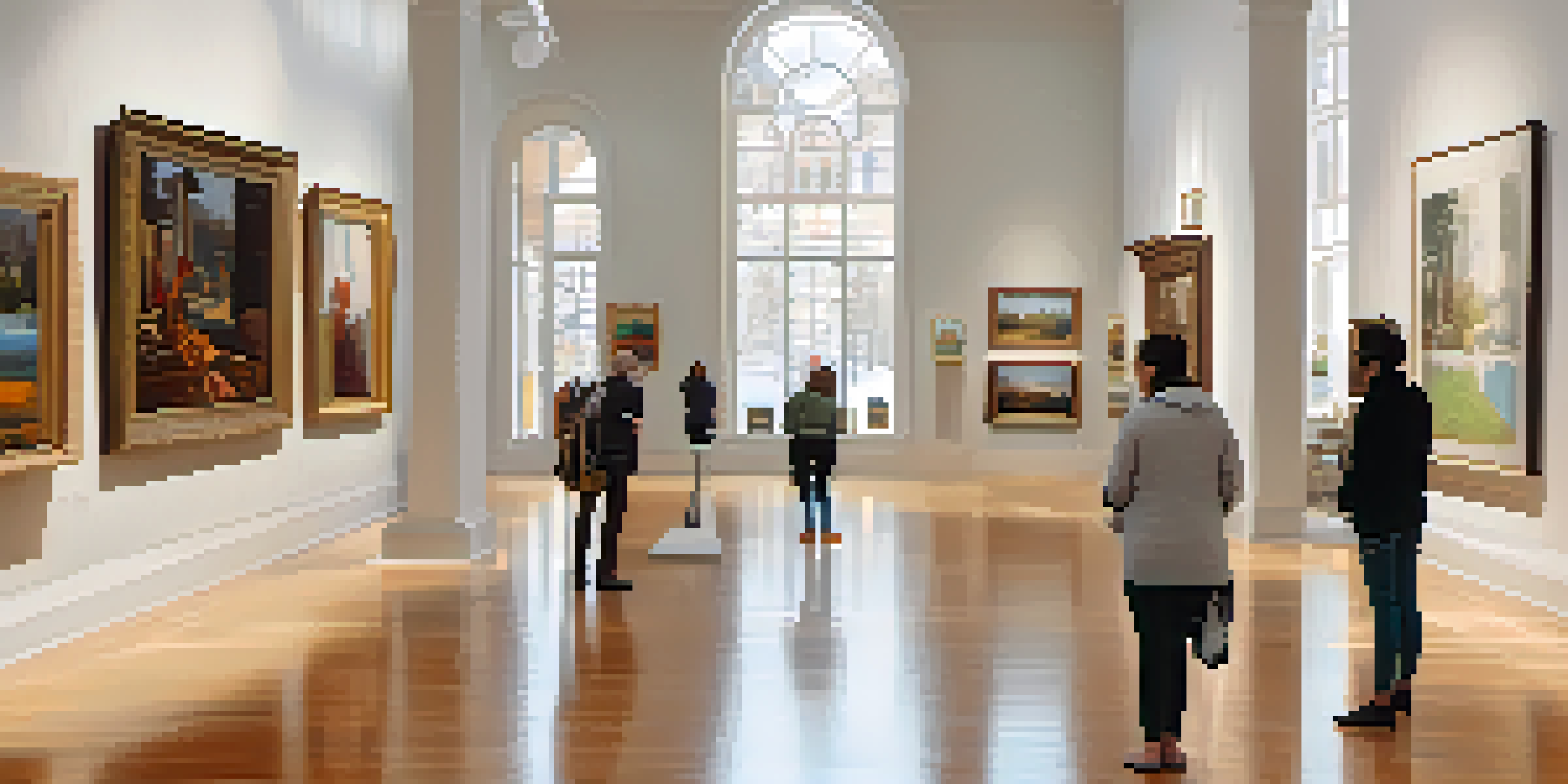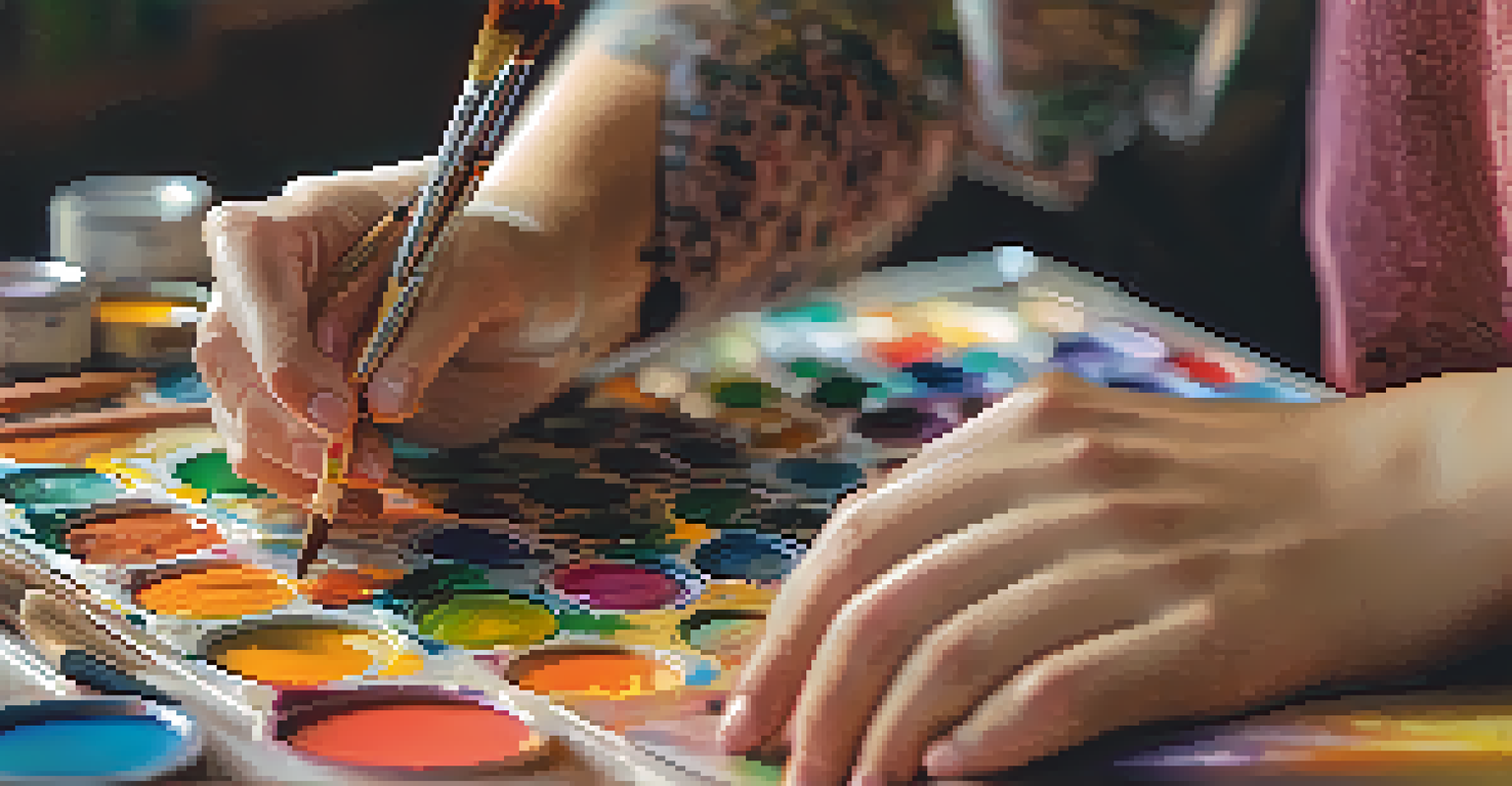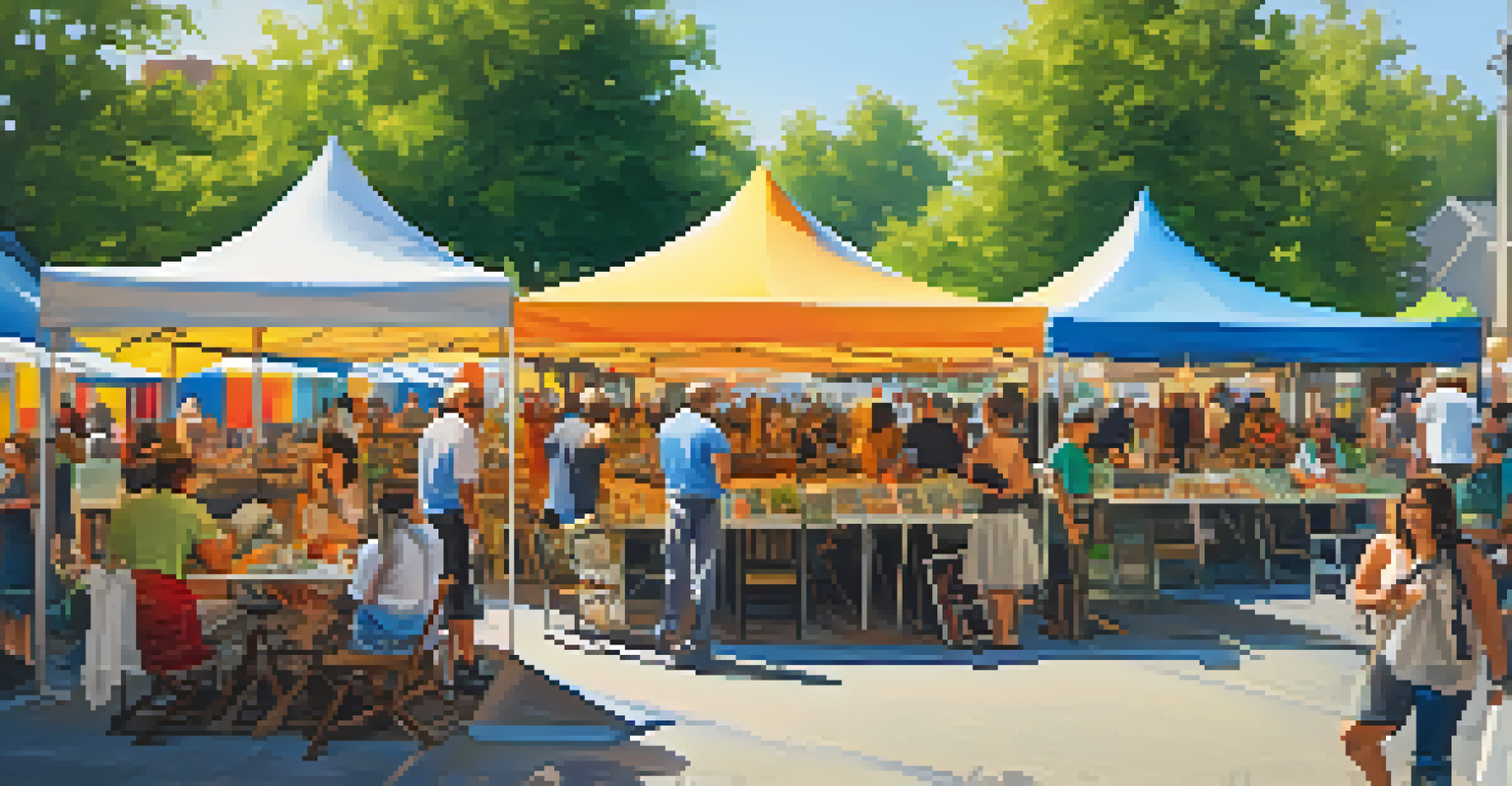Art Collecting as a Luxury Investment: Trends and Insights

Understanding Art Collecting as an Investment
Art collecting has evolved from a passion for aesthetics to a serious investment strategy. Many collectors now view art as a tangible asset that can appreciate over time, much like real estate or stocks. This shift reflects a broader trend where individuals seek alternative investment avenues that offer both enjoyment and financial returns.
Investing in art is not just about acquiring beautiful pieces; it’s about securing your financial future and making a statement about who you are.
Investing in art can provide diversification to one's portfolio. Unlike traditional investments that are often tied to market fluctuations, art can sometimes hold its value even during economic downturns. This stability makes it an appealing option for those looking to safeguard their wealth.
Additionally, art can be a conversation starter and a source of personal enjoyment. Collectors often find joy in curating their collections, making art not just an investment but also a meaningful part of their lives.
Current Trends in Art Collecting
One significant trend is the rise of digital art and NFTs (non-fungible tokens). These digital assets have opened up a new frontier for collectors, allowing them to own unique pieces in a virtual space. This shift is attracting a younger generation of collectors who are more attuned to technology and online platforms.

Another trend is the increasing popularity of emerging artists. Collectors are shifting their focus from established names to fresh talent, seeking pieces that may become valuable as these artists gain recognition. This not only supports new artists but can also lead to substantial returns if the artist's career takes off.
Art as a Diversified Investment
Art collecting has transformed into a viable investment strategy, offering stability and potential appreciation similar to traditional assets.
Moreover, environmental consciousness is shaping art collecting. Many collectors are now considering sustainability in their purchases, opting for works that are created using eco-friendly materials or methods. This trend highlights a growing awareness of the impact of art on the environment.
The Role of Auctions in Art Investments
Auctions have long been a staple in the art world, providing a platform for buyers and sellers to come together. Major auction houses like Sotheby’s and Christie’s host events that draw significant attention, often resulting in record-breaking sales. These auctions can serve as a barometer for market trends and values.
Art is the most beautiful of all lies; it is a means by which we can express our deepest feelings and our most profound truths.
Participating in auctions requires strategy; understanding the market and setting a budget are crucial. Bidding wars can drive prices up quickly, making it essential for collectors to know when to hold back. This competitive atmosphere adds excitement but also necessitates careful planning.
Furthermore, auction results can influence the broader market. When a piece sells for an unexpectedly high price, it can elevate the perceived value of similar works. This ripple effect can impact not only established artists but also emerging talents.
Challenges in Art Collecting as an Investment
While art collecting can be lucrative, it comes with its challenges. One major concern is authenticity; the market is riddled with forgeries and misattributed works. Collectors must conduct thorough research and often seek expert opinions to ensure they are making sound investments.
Another challenge is the illiquid nature of art. Unlike stocks or bonds, selling art can take time and may not always yield a quick return. Collectors need to be patient and prepared for the possibility that a sale may not happen immediately.
Emerging Trends in Art Collecting
Digital art and a focus on sustainability are reshaping the art market, attracting new collectors and promoting eco-friendly practices.
Lastly, the emotional aspect of collecting can cloud judgment. Many collectors develop a personal attachment to their pieces, which can complicate decisions about selling. Balancing emotional connections with investment goals is a delicate dance that every collector must navigate.
The Importance of Art Advisory Services
As the art market grows and becomes more complex, many collectors turn to art advisors for guidance. These professionals provide valuable insights into trends, pricing, and potential investments. Their expertise can help collectors navigate the intricate landscape of art collecting with confidence.
Art advisors can also assist in building a cohesive collection that reflects the collector’s tastes and investment goals. They help buyers identify pieces that not only resonate personally but also have the potential for appreciation. This tailored approach can enhance the overall collecting experience.
Furthermore, art advisors can play a crucial role during the buying and selling process, ensuring that collectors make informed decisions. Their network often includes galleries, auction houses, and other collectors, providing access to exclusive opportunities that may not be available to the average buyer.
Evaluating Art Value: What to Consider
Determining the value of art involves several factors, including provenance, condition, and market demand. Provenance refers to the history of ownership, which can significantly influence a piece's value. A well-documented history can elevate a work from simply 'nice' to a sought-after investment.
Condition is another key consideration; artworks that have been well-preserved typically command higher prices. Collectors should pay close attention to signs of damage or restoration, which can affect both aesthetic appeal and market value.
Navigating Art's Complex Market
Art advisors play a crucial role in helping collectors make informed decisions, ensuring a blend of personal enjoyment and investment success.
Market demand is perhaps the most dynamic factor. Trends can shift rapidly, and what is popular today may not hold the same allure tomorrow. Staying informed about the art market and understanding current tastes can help collectors make smarter purchasing decisions.
The Future of Art Collecting as an Investment
Looking ahead, art collecting as a luxury investment is poised to evolve even further. The integration of technology, particularly through platforms that facilitate online buying and selling, is likely to reshape the landscape. This accessibility can attract a broader audience, making art collecting more inclusive.
Additionally, the growing emphasis on sustainability and ethical practices may influence future trends in art collecting. Collectors may increasingly seek out works that reflect their values, supporting artists and practices that align with their beliefs.

Ultimately, art collecting will continue to be a blend of passion and investment. As collectors navigate the complexities of the market, the joy of collecting remains at the heart of the experience, ensuring that art continues to inspire and captivate for years to come.